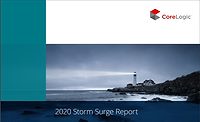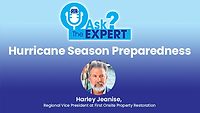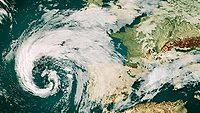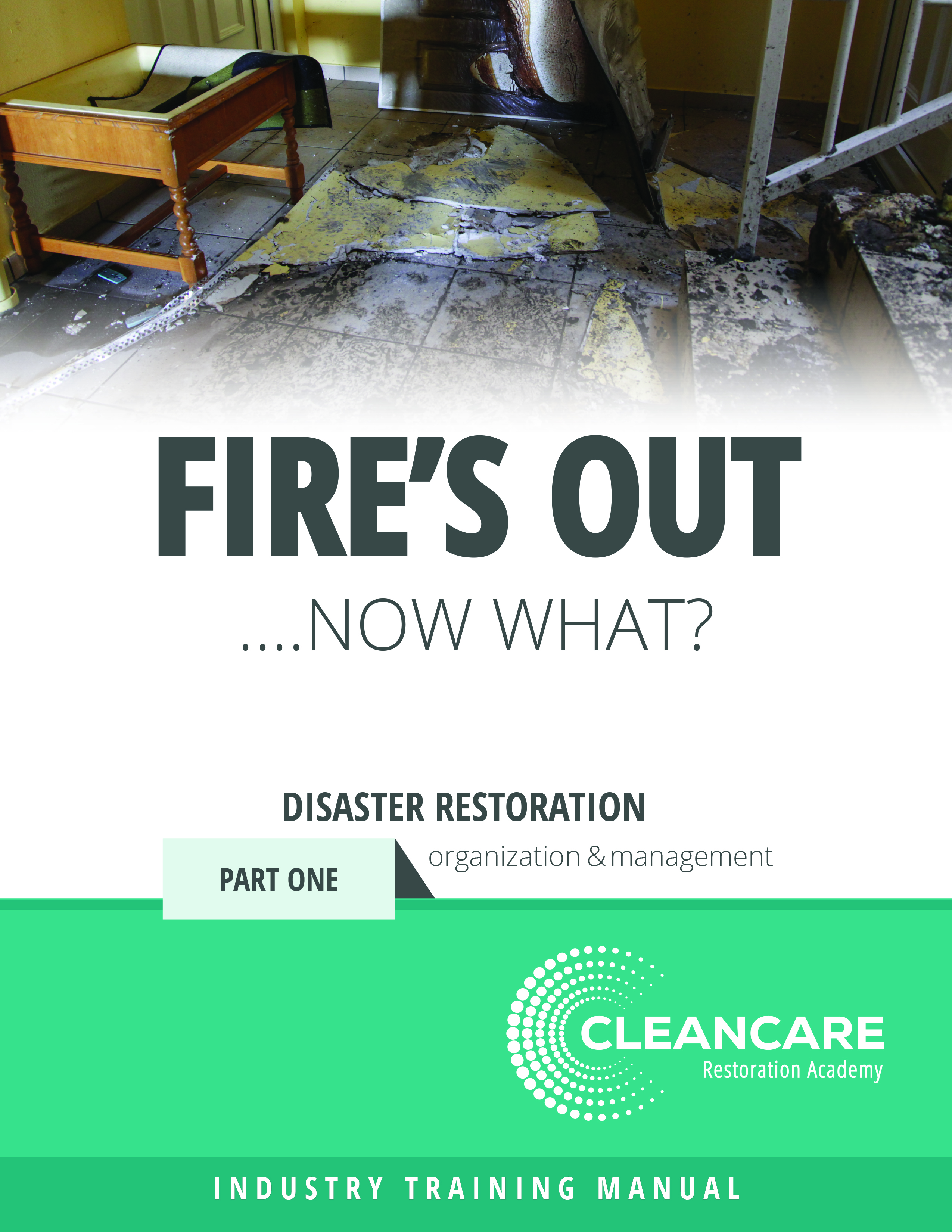(AP) – June 1, 2008 -- Each April, weather wizard William Gray emerges from his burrow near the Rocky Mountains to offer his forecast for the six-month hurricane season that starts June 1. And the news media are there, breathlessly awaiting his every word.
It's a lot like Groundhog Day - and the results are worth just about as much.
"The hairs on the back of my neck don't stand up," ho-hums Craig Fugate, director of emergency management for Florida, the state that got raked by four hurricanes - three of them "major" - in 2004. When it comes to preparing, he says, these long-range forecasts "are not useful at all."
The AP contacted the emergency management agency in every coastal state from Texas to Maine and asked whether these seasonal forecasts play any role in their preparations for the hurricane season. Their response was unanimous: They're a great way to get people thinking about the upcoming season, but that's about it.
Regardless, since the former Colorado State University climatologist pioneered the seasonal predictions in 1984, other forecasters have followed suit.
The National Oceanic and Atmospheric Administration, the Tropical Storm Risk Consortium in London and, most recently, the Coastal Fluid Dynamics Laboratory at North Carolina State University in Raleigh are now among teams attempting to handicap the storm season weeks or months ahead.
After high-profile, back-to-back busts by Gray and others, critics have questioned whether these long-range outlooks do more harm than good. But the very question presupposes that Gray, et al., have been promising more than they can deliver.
They can pretty accurately predict an above- or below-average season, even predict the likelihood a major storm will hit somewhere along the U.S. coast. Beyond that, they're not promising anything.
"Honestly, I think people get a lot more excited about it than I do in terms of what its usefulness is," says CSU scientist Phil Klotzbach, who has largely taken over the hurricane work of Gray, now semiretired.
From the beginning, Gray issued disclaimers with his forecasts, like the one from May 1989 that asserted the forecast "can only predict about 50 percent of the total variability in Atlantic seasonal hurricane activity."
NC State's Lian Xie says in a boldface disclaimer in his 2008 forecast: "Results presented herein are for scientific information exchange only ... Users are at their own risk for using the forecasts in any decision making."
So how did these things become such a big deal?
Fugate thinks part of the problem is that the media and some public officials picked up the cloudy crystal ball and ran with it.
"Particularly national media has been using these forecasts inappropriately," he says. "I'm as guilty as anyone else."
Hurricane-prediction researchers are like chefs tinkering with a recipe for the same dish, and working from the same list of ingredients: In this case, decades worth of data from NOAA's National Centers for Environmental Prediction.
Studying past seasons, scientists look for patterns that might explain why one year was more active than another. Teams have developed computer models that emphasize different conditions - everything from ocean salinity and rainfall amounts over West Africa to sunspot cycles and the influences of the Pacific warm-water current known as El Nino.
They test their theories by "hindcasting" - basically, plugging in known conditions from past storm seasons and seeing how well the models recreate the historical results.
When Gray burst onto the scene a quarter century ago, some wondered what business a man nearly 2,000 miles from the Atlantic had predicting hurricanes. Still, writing about his predictions became a rite of spring.
Reporters would note when Gray missed, as in 1989 when he predicted a relatively mild season with only four hurricanes. Instead, a total of seven hurricanes and four tropical storms killed 84 people in the United States.
But most years, they have published his forecasts with little or no commentary on his overall record - or even analysis of how he'd fared the season before.
That is, until 2005.
That spring, Gray and Klotzbach forecast 15 named storms, eight of them hurricanes. Instead, there were a record 28 named storms in 2005, including 15 hurricanes - most notably Katrina.
The following year, the team overestimated the storm activity. Instead of the predicted 17 storms and nine hurricanes, the final numbers that season were 10 and five.
Coincidentally, 2005 was also the year Xie and his students published a groundbreaking paper in the journal "Geophysical Research Letters." In it, they suggested that the interplay of sea surface temperatures in the tropical North and South Atlantic, and not El Nino, was responsible for Florida's disastrous 2004 season.
The following year, NC State felt confident enough to issue its forecast publicly. In a release, the university's PR department would later crow that it’s "was the only national model to accurately forecast Atlantic hurricane activity" in 2006.
Unfortunately, NC State's 2007 forecast was as off as anyone's.
This season, Xie and master's student Elinor Keith are forecasting 13 to 15 named storms, but again with caveats - the highest probability they offer for any particular number in that range is 11 percent. They predict six to eight of those storms will become hurricanes - but put the probability of seven occurring at just over 14 percent.
"So even though that's the most likely answer, compared to some other numbers, that's still a small number, right?" says Xie. "People need to have that in mind."
Others have decided that there is need to qualify their forecasts, as well. Klotzbach says his next update will include an extra section "that deals with forecast uncertainty."
And when NOAA released its 2008 outlook last week, it included for the first time a pie chart showing the likelihood that its prediction of 12 to 16 named storms was accurate. The verdict: About 65 percent for the whole range.
"We want to best convey the forecast by telling the people what the forecast is and what it is not," lead forecaster Gerry Bell says. "This is not a landfall forecast. This does not imply levels of activity for any particular region."
Gray insists that people do use these forecasts to make strategic, real-world decisions. Ask him who, and he will suggest the reinsurance and Gulf oil-and-gas industries.
Platts, a division of McGraw-Hill that supplies information to the energy industry, publishes the forecasts. But chief economist Larry Chorn can't think of anyone who takes any action based on them.
"It allows me to gauge what the experts are saying in terms of the likelihood of this being a mild season or a bad season," he says. "Beyond that, I don't know how to use them."
There is some concern that average folk may be lulled into complacency by forecasts of a light storm season.
"They can go one or two ways," Joseph Bruno, commissioner of the New York City's Office of Emergency Management, says of the long-range predictions. "They can make people more apathetic than they already are about emergencies, or they can really heighten concern and alarm."
But most seem to have figured out that they can't plan their lives around the forecasts.
"Let's say someone says this is going to be a really horrible hurricane season. Does that mean you close your business, lay off your employees?" says Melissa Perlman, who co-owns a small eco-resort in the beach town of Tulum on Mexico's Yucatan Peninsula. "I don't really start paying attention until they are actually on the map."
"It's like Nostradamus," adds Sonya Strasburg, who works at the Galveston Fishing Pier on the Texas barrier island - site of the nation's deadliest hurricane. "I don't believe it."
So why keep doing them? Gray and Klotzbach opened this year's forecast paper with that very question.
The answer they give: Because they add to the overall understanding of how hurricanes work.
"You actually learn more when you bust than when you verify," says Gray, who retired from CSU in 2004 but continues to work with Klotzbach.
Another reason: Because people simply want to know.
"The truth is, every time I go to a conference, without fail, people come up to me and before they even ask about me or my family, they say, `What kind of a season are we going to have?'" says Max Mayfield, former longtime director of the National Hurricane Center in Miami.
Mayfield, now under contract with a Miami television station, sees no harm in the forecasts, as long as people are aware of their limitations. His favorite example is 1992.
Forecasts called for a below-average season that year, and it was - just six storms. The first one just happened to be Hurricane Andrew, which killed 23 people and did $26.5 billion in damage.
"I think it comes down to how people like you and me in the media portray this," Mayfield says. "You need to be prepared no matter what the numbers are."
Survey: Hurricane season outlooks of little use
Looking for a reprint of this article?
From high-res PDFs to custom plaques, order your copy today!








